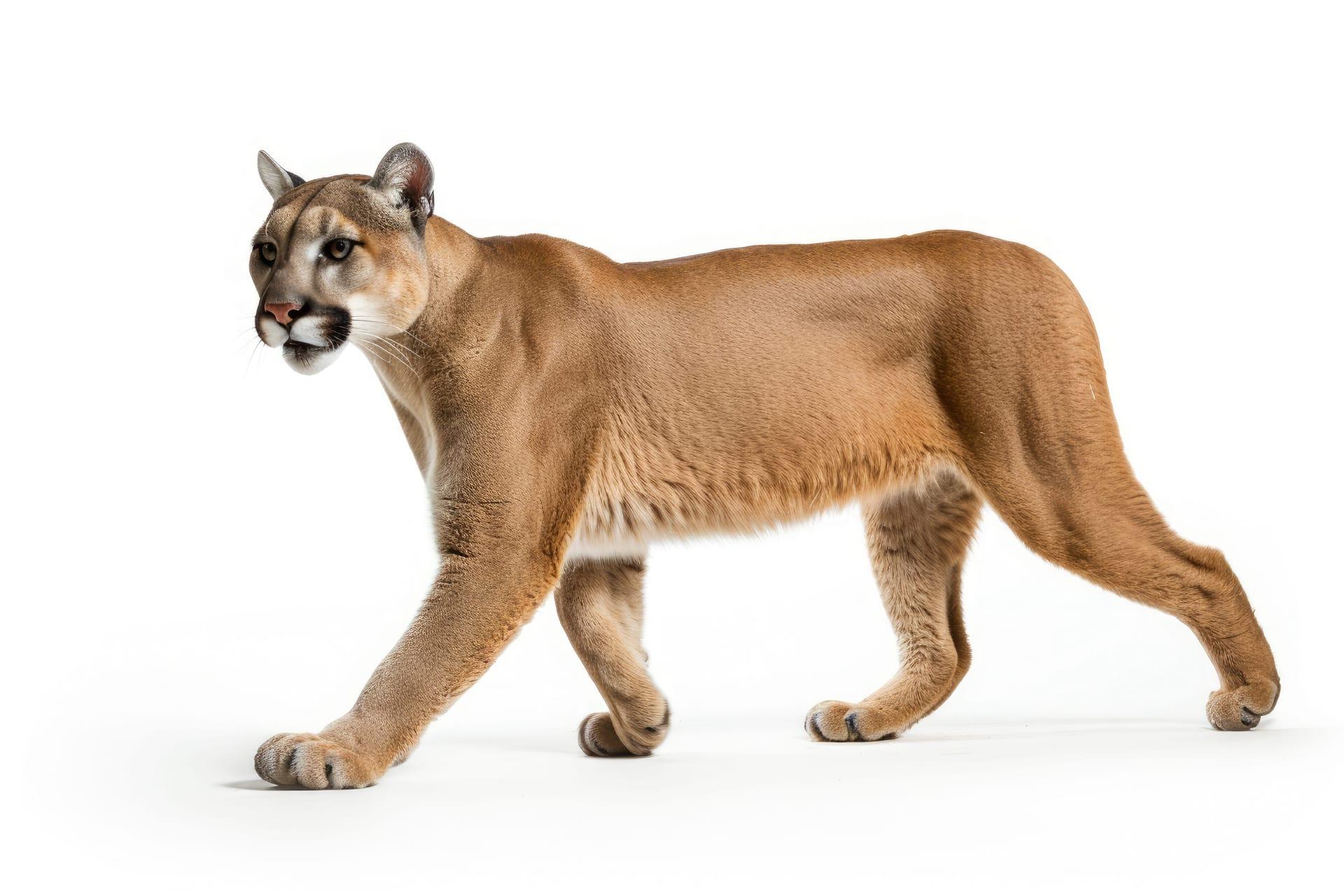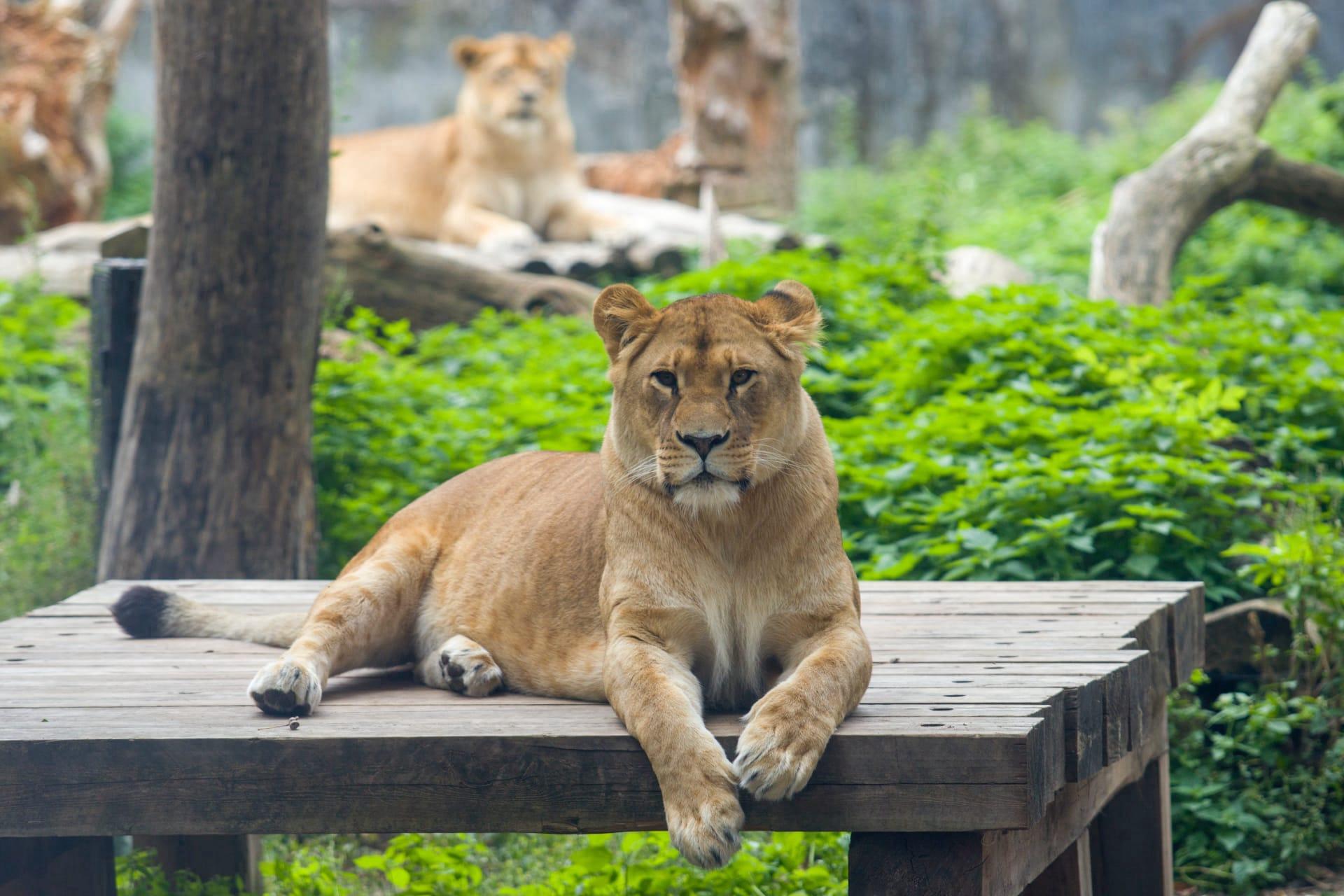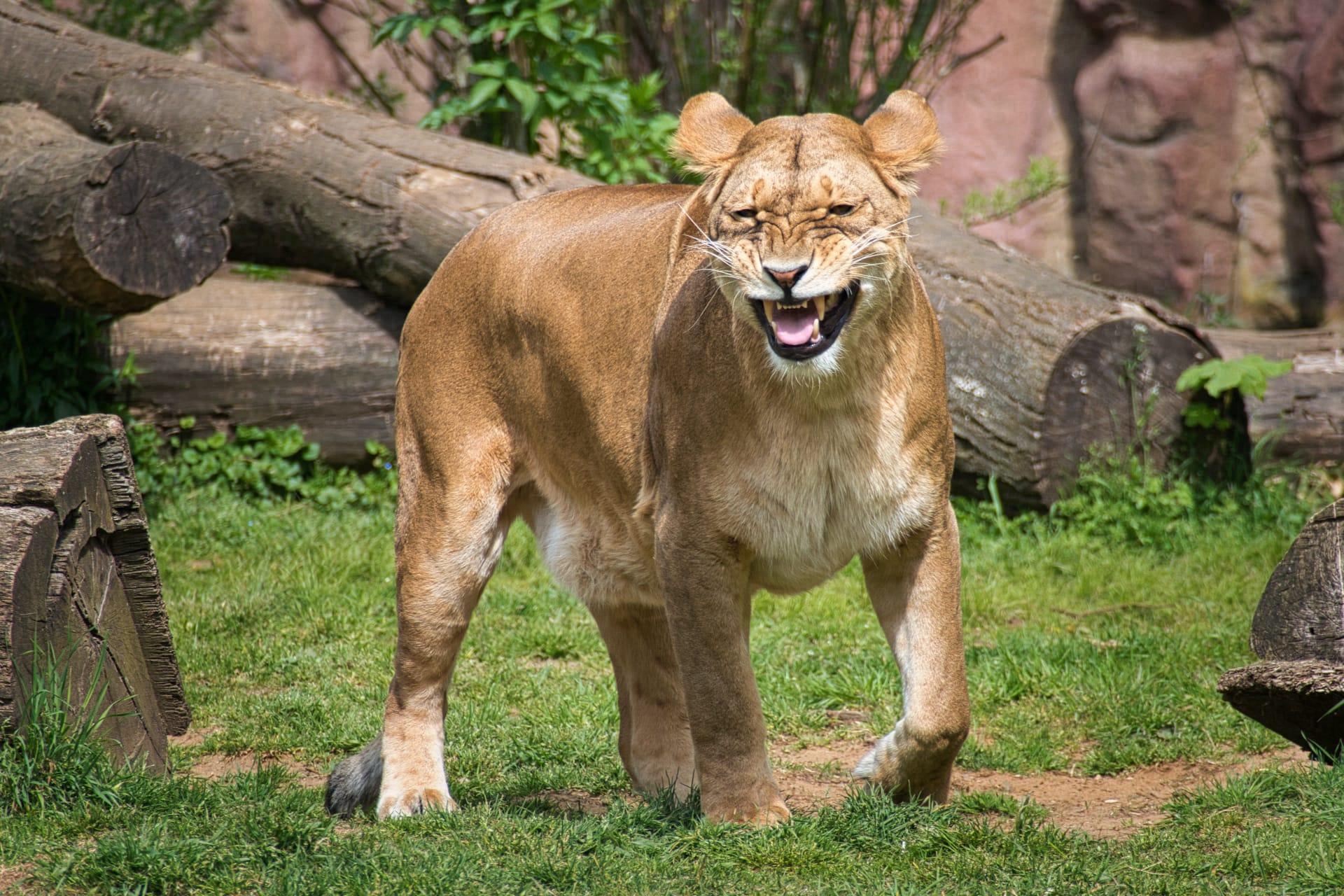Cougar
- Home /
- Mini Encyclopedia /
- Animal /
- Cougar
1
The cougar, scientifically known as Puma concolor, is a member of the Felidae family, which includes other large cats like lions and tigers. This solitary and adaptable predator is closely related to smaller felines, including domestic cats, than to lions. Classified as a 'big cat', the cougar is notable for its agility and strength, with powerful limbs enabling it to leap up to 18 feet in the air and sprint at speeds of up to 50 kilometers per hour.
Geographically, the cougar has the most extensive range of any wild terrestrial mammal in the Western Hemisphere, stretching from the Yukon in Canada to the southern Andes of South America. This impressive range encompasses a variety of habitats, from forests and mountainous areas to arid deserts and even urban fringes. In North America, cougars are more commonly found in the western regions, with a significant population in the Rocky Mountains. Their adaptability to different environments is a testament to their survival skills.

2
Question: Do cougars often attack humans?
Answer: Contrary to popular belief, cougar attacks on humans are exceptionally rare. These big cats are naturally wary of humans and prefer to avoid contact. In fact, statistics show that there are fewer than 30 fatal cougar attacks in North America in the last 100 years. Cougars are more likely to attack when cornered, feeling threatened, or when a human appears to be easy prey, such as small children. Moreover, increased human encroachment into their natural habitats has occasionally led to conflicts, but these instances are not typical of cougar behavior.

3
Cougars are apex predators, meaning they sit at the top of the food chain. Their diet primarily consists of deer, but they are opportunistic hunters and will prey on smaller animals like raccoons, rabbits, and occasionally livestock. Cougars are ambush predators, using stealth and powerful limbs to pounce on their prey unexpectedly. They usually hunt alone and cover large territories, which can range from 50 to 150 square miles. This solitary nature helps reduce competition for food.
Remarkably adaptable, cougars are known to survive in a variety of climates and terrains. They are predominantly nocturnal, using the cover of night to track and hunt. Cougars also communicate through a variety of vocalizations and scent markings, a crucial aspect of their survival strategy for defining territories and attracting mates.

4
In the ecosystem, cougars play a critical role in controlling the population of their prey, primarily deer. This predatory relationship helps maintain a balance in the ecosystem by preventing overpopulation of deer, which can lead to overgrazing and subsequent environmental degradation. As a keystone species, the presence of cougars indirectly supports a diverse range of plant and animal life.
Furthermore, cougars contribute to the 'landscape of fear' - a concept where the mere presence of a top predator can alter the behavior of prey species, leading to ecological benefits. For example, deer might avoid certain areas known to be frequented by cougars, allowing vegetation in those areas to flourish. This indirect effect of cougars can lead to increased biodiversity and healthier ecosystems.

5
Film: "The Cougar Conundrum," produced in the United States in 2020, delves into the complex relationship between cougars and humans. This documentary explores the challenges of cougar conservation, the animal's importance in the ecosystem, and the growing tensions in regions where human and cougar habitats overlap.
Book: "Path of the Puma," written by American biologist Jim Williams in 2018, offers an in-depth look at the life of cougars across the Americas. Williams combines scientific insights with personal experiences, providing a captivating account of these elusive and magnificent creatures.
Book: "The Secret Life of Cougars," by Canadian author Paula Wild, published in 2012, uncovers the mysterious world of cougars. Wild blends natural history with firsthand accounts, shedding light on the behavior, biology, and conservation efforts surrounding these fascinating big cats.